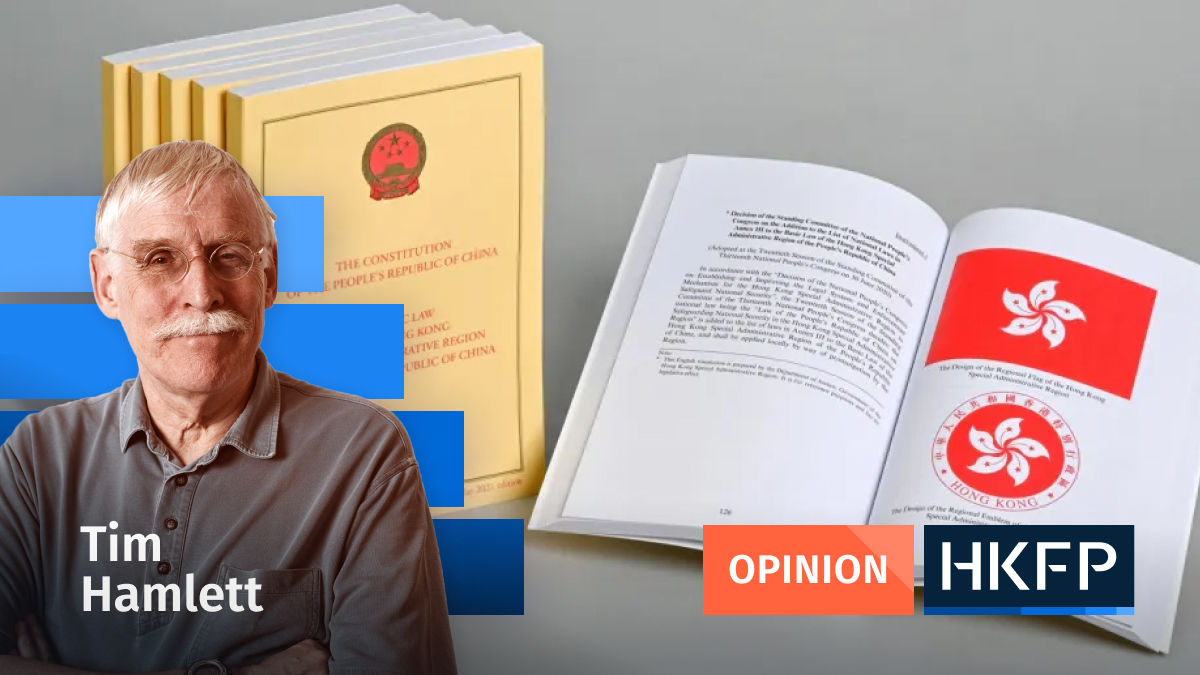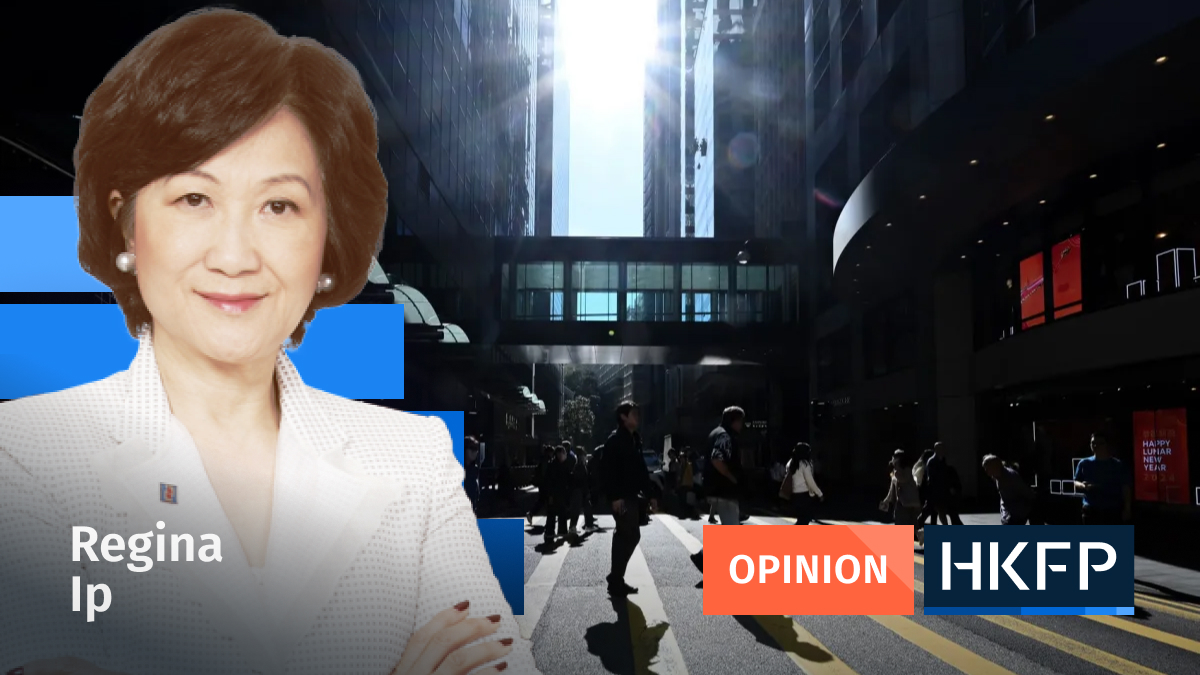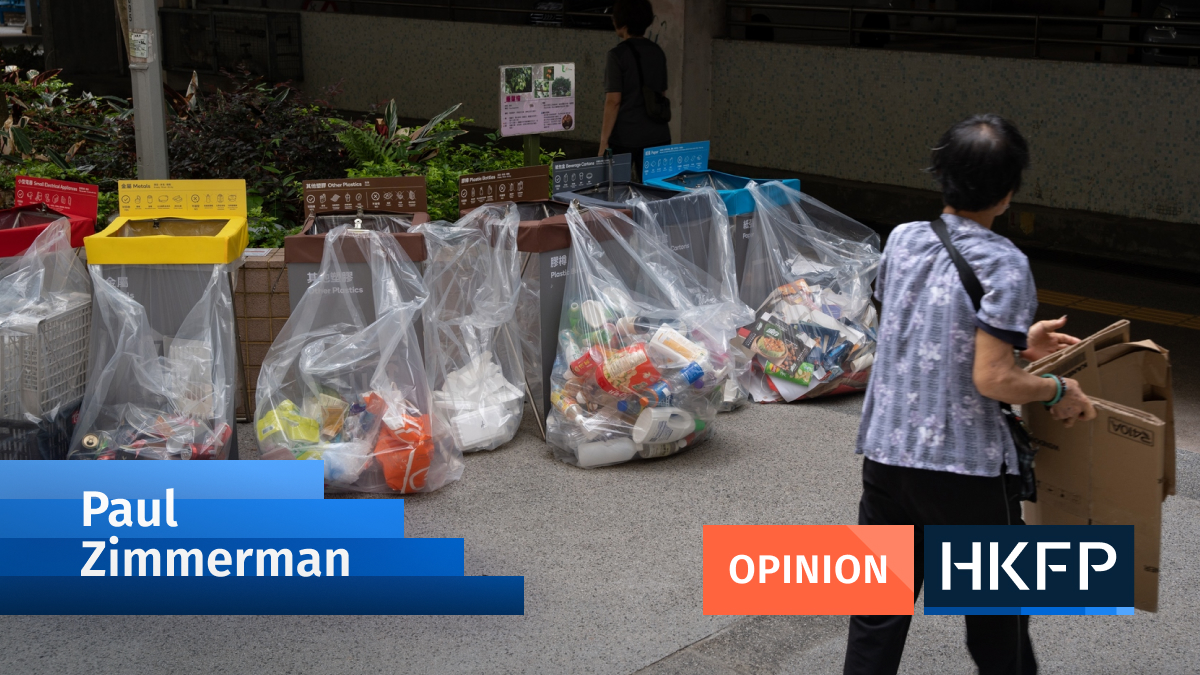Ronny Tong’s graduation from a producer of occasional pro-government soundbites to a fully-fledged writer of op-ed pieces will no doubt raise the literary quality of local journalism, but calls for one piece of advice.

At the risk of sounding like everyone’s favourite Fawlty Towers episode (“Don’t mention the war”) I would suggest not mentioning the 1967 riots.
Mr Tong thought it germane to controversies about national security law cases that, in 1967, the colonial government had prosecuted some people for subversion. This is a fairly unhelpful analogy in any case, because that was the old unamended subversion law with a maximum penalty of two years in prison.
It also subverts a key message propagated by fans of the new approach to national security: that the events of 2019-20 involved unprecedented quantities of gore and vandalism.
A recent piece by Lau Siu-kai, for example, featured “The riots in 2019-20 were some of the most violent, bloody, significant, lengthy and destructive in Hong Kong’s history.” The anonymous author of defensive government press releases said in a recent offering that “During the Hong Kong version of ‘colour revolution’ in 2019, massive riots and violence occurred incessantly.”
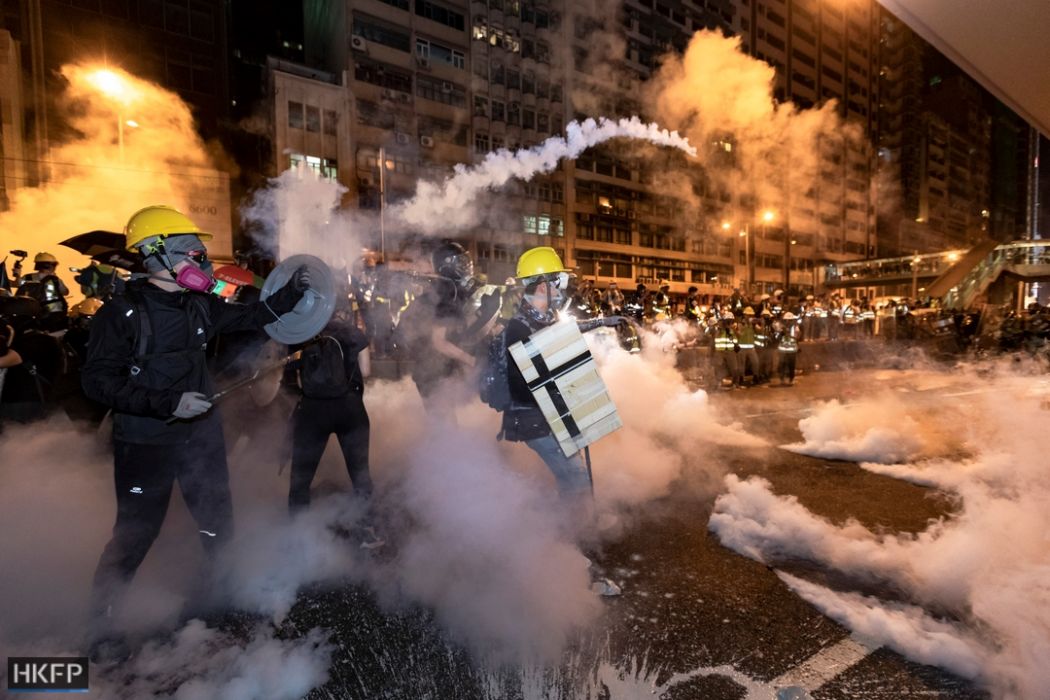
Well, someone has not been studying their history very carefully. The most violent and destructive riots in Hong Kong history probably occurred in 1956, triggered by tensions between supporters of the two sides in the then recent Chinese Civil War.
When the teargas cleared a total of 59 people had been killed, more than 500 injured and some 6,000 arrested, though only 2,200 of the latter were eventually charged with anything. Property damage was estimated at US$1 million.
The only rival to this as a public catastrophe was the 1967 outbreak, also an offshoot of then current mainland events, which at the time included the Cultural Revolution.
The 1967 riots left 51 people dead, ten of whom were policemen and 22 of whom were shot by the forces of order. More than 800 people were injured. Many of the injuries were caused by home-made bombs, of which 1,100 were planted, as well as 7,000 bogus ones to keep the authorities on the hop.
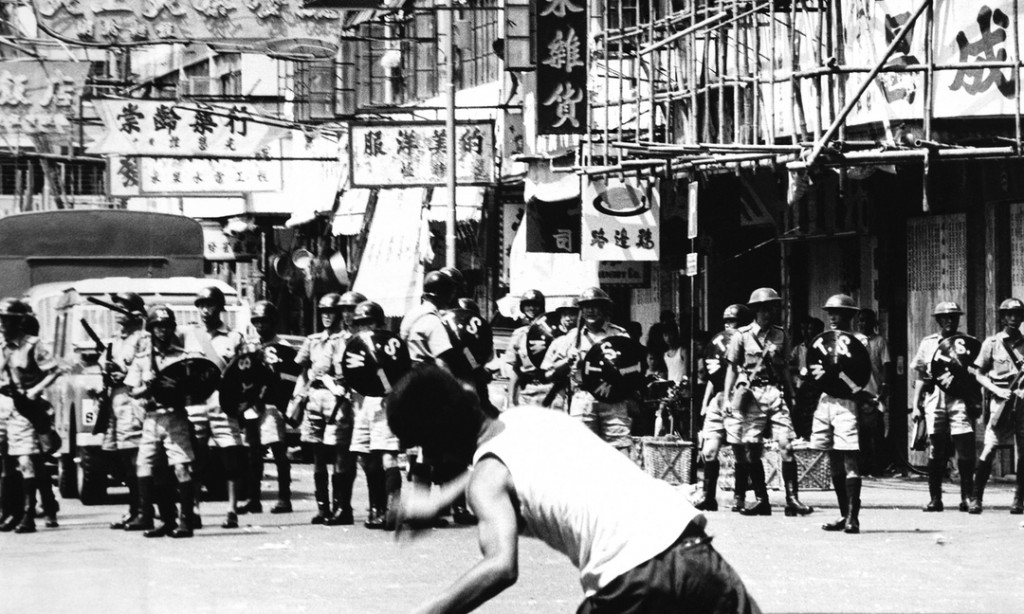
Police arrested 4,979 people, of whom 1,936 were eventually convicted. Statistically minded readers will notice that the number of arrests was about half that recorded in 2019-20. This probably reflects the size of the police force, which more than doubled between 1969 and 2019.
Clearly, in its effects both human and economic, the 1967 outbreak dwarfs our recent difficulties. The government hastened to implement reforms to address the grievances discovered by a commission of inquiry into comparatively minor riots the previous year. It also changed the law on riot, introducing the prosecutor-friendly version we now enjoy, which is something of an international scandal. Even the Singapore version provides more protection for defendants.
Businesspeople panicked in large quantities, and optimistic property types set themselves up for life by buying at bottom prices the landbanks of fleeing emigrants.
Another aspect of the 1967 outbreak which sheds an interesting light on current affairs is that by a little over two years later all those convicted had been tried, sentenced, collected the usual discounts and been released, a landmark signalled by the release of a hapless Reuters journalist who had been held in Beijing as some sort of hostage for 27 months.
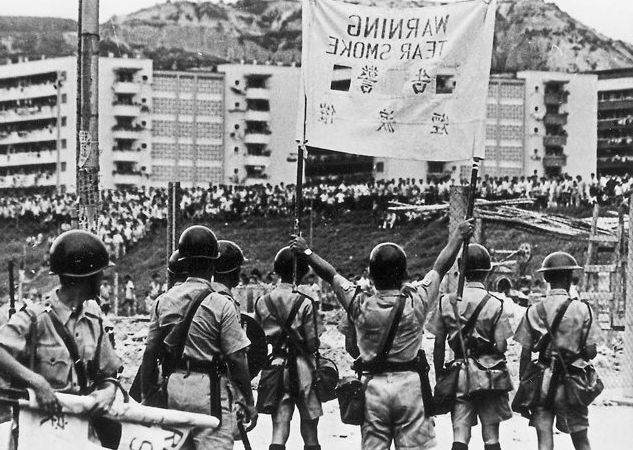
In short, compared with previous outbreaks in Hong Kong the 2019-20 unrest was not so much an outbreak of massive violence as an extended piece of street theatre: violent, dangerous and athletic but, like professional wrestling, not actually homicidal.
The only death, apart from a handful of protest suicides, was of an elderly gentleman who wandered between two hostile groups who were throwing bricks at each other. The government tried hard to attribute the fatal brick to the protest camp by prosecuting a protester, but he was acquitted because there was no evidence that he had actually thrown a brick at all. So the political affiliations of the projectile remain a mystery.
Some of the injuries were serious and some of the property damage was no doubt expensive. But “massive and continuous violence”? Surely we can all learn to love the national security law and its local offshoot without pretending that the city was a mass of blood and flames before they arrived.
Type of Story: Opinion
Advocates for ideas and draws conclusions based on the interpretation of facts and data.
Support HKFP | Policies & Ethics | Error/typo? | Contact Us | Newsletter | Transparency & Annual Report | Apps
Help safeguard press freedom & keep HKFP free for all readers by supporting our team
| HKFP is an impartial platform & does not necessarily share the views of opinion writers or advertisers. HKFP presents a diversity of views & regularly invites figures across the political spectrum to write for us. Press freedom is guaranteed under the Basic Law, security law, Bill of Rights and Chinese constitution. Opinion pieces aim to point out errors or defects in the government, law or policies, or aim to suggest ideas or alterations via legal means without an intention of hatred, discontent or hostility against the authorities or other communities. |

More HKFP OPINION:
HKFP has an impartial stance, transparent funding, and balanced coverage guided by an Ethics Code and Corrections Policy.
Support press freedom & help us surpass 1,000 monthly Patrons: 100% independent, governed by an ethics code & not-for-profit.




